This review is taken from PN Review 16, Volume 7 Number 2, November - December 1980.
on Japanese Poetry
For the English reader, 'Japanese poetry' may suggest miniatures whose beauty he can only glimpse because so much of the art depends on echoes of earlier poems in Chinese or Japanese. The Japanese tradition was consciously a very literary one. In the days of Sei Shonagon, whose Pillow Book gives an irreverent insight into court life in the tenth century, every educated damsel was able to compose verse on demand, full of allusion to the great poems of old, or to cap lines from a past poem with new lines of her own. At its worst, the tradition was stilted and mechanical; at its best it encapsulated with poignant brevity the feelings of a moment or the transience of beauty, with the literary echoes giving added resonance. And the pleasure was partly for the eye: calligraphy was important, and Japanese characters had their own associations.
It was not until the end of the nineteenth century that this approach really began to change. The percolating influence of Europe created a new style, coexisting side by side with the old forms. James Kirkup's anthology traces this evolution. It was not a total break with the old tradition, but a launching into a new freedom. Often the subject-matter was little different, as in 'Youth' by Murano Shiro:
That voice leaping from afar
Is like the breath of a young mother sleeping,
Smelling of milk . . .
That voice from afar ...
The page you have requested is restricted to subscribers only. Please enter your username and password and click on 'Continue':
If you have forgotten your username and password, please enter the email address you used when you joined. Your login details will then be emailed to the address specified.
If you are not a subscriber and would like to enjoy the 292 issues containing over 11,700 poems, articles, reports, interviews and reviews,
why not subscribe to the website today?
